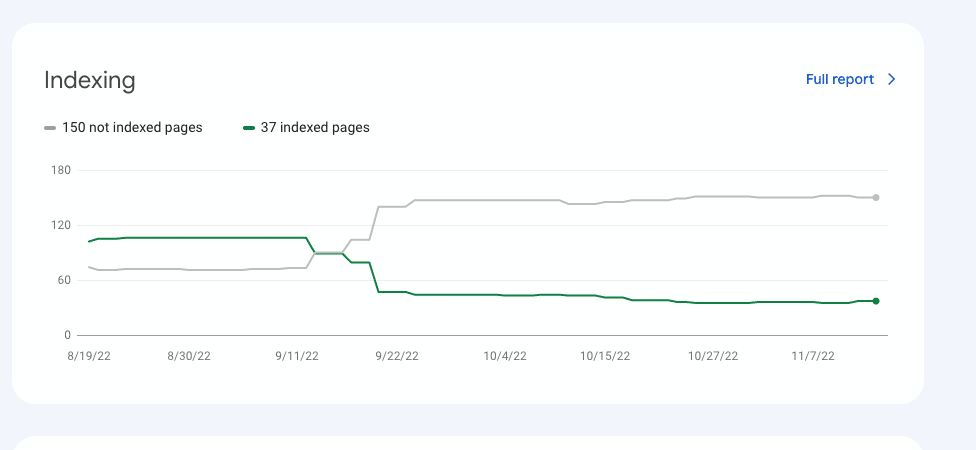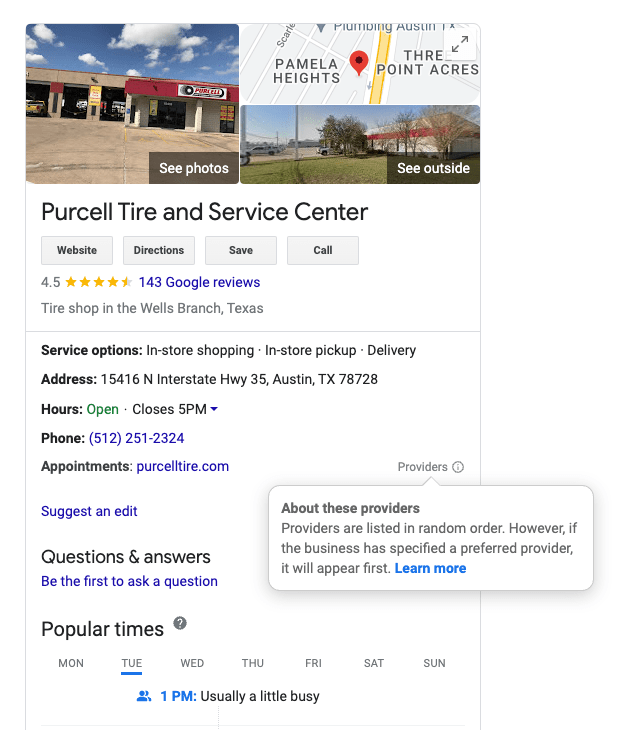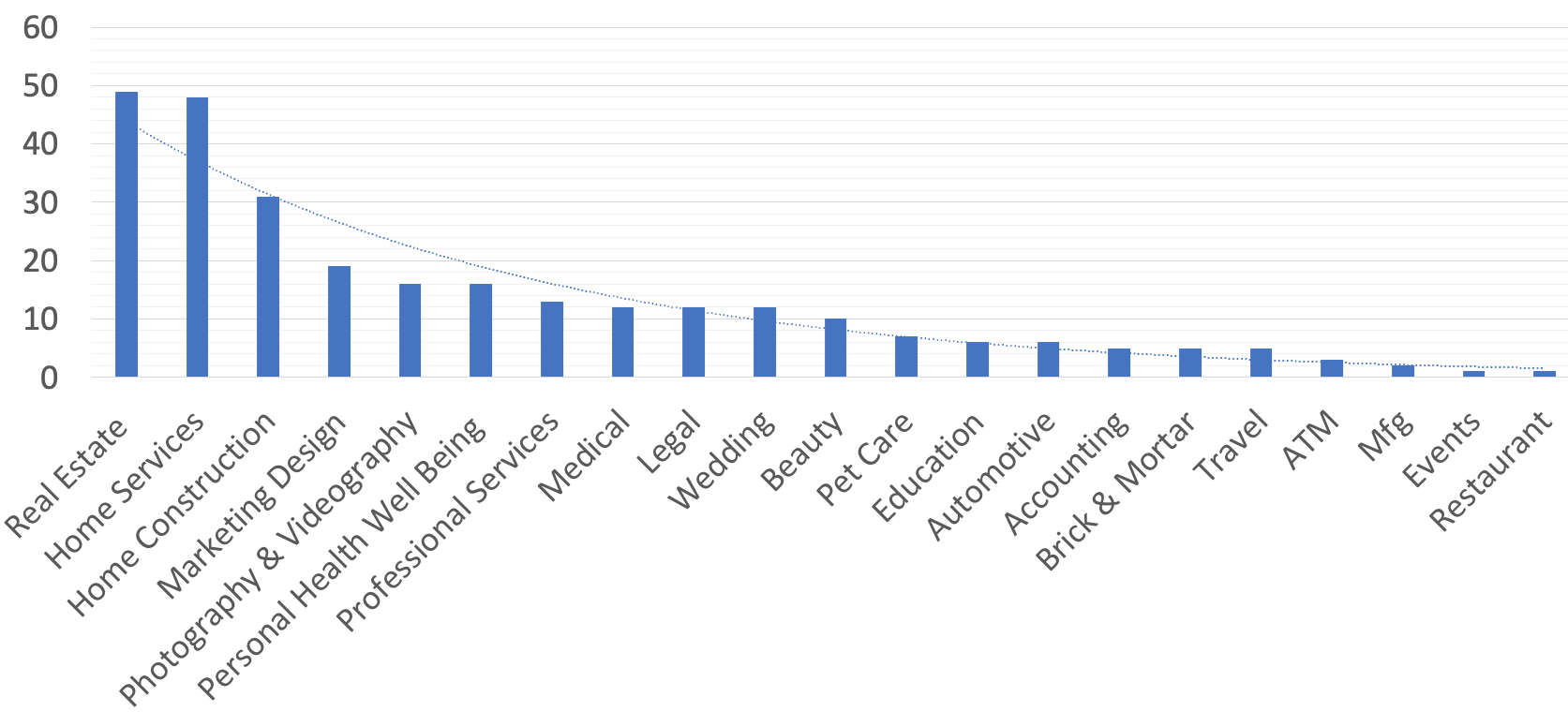What Are AI Agents? And Why Are They Critical to Local Marketing Success?
Local Memo: Google Will Merge Waze Team With Maps
Local Memo: Google Will Merge Waze Team With Maps
In this week’s update, learn about the merger of the Waze team with Google Maps; the impact of the October spam update on location pages; Google’s disclaimer for third-party links; Twitter’s paid verification relaunch; Mike Blumenthal’s update on Google’s review filter; and continuous scroll on desktop.
Google Will Merge Waze Team with Maps
Google has announced that the team managing the popular Waze navigation app will become part of the Google Maps team. According to the company, this is a consolidation meant to bring more efficiency to operations that have common goals; all Waze employees will remain, with the exception of its CEO, and the Waze app will retain its independence. The merger is likely to already be underway, with the original announcement stating it would begin on December 9.
Launched by an Isreali startup in 2006 as FreeMap Israel, the Waze app had already established a solid global user base when Google acquired the company for $1.3 billion in 2013. Since that time, the app has operated with a great degree of independence, though it has long made use of Google Maps data for base business listings. One of Waze’s most popular feature sets is self-reporting, whereby fellow users can warn of traffic stops or road construction and thus offer helpful real-time feedback on driving conditions.
Though the official statements suggest Waze will remain a separate entity, it’s tempting to imagine that the merger will eventually give businesses more direct access to update their profiles on the platform. Today, this is done through a combination of user edits, community volunteers, advertising, and the aforementioned Google Maps connection.
Google Targets SAB Location Pages
Location pages for service-area businesses (SABs) appear to have been targeted as part of Google’s October spam update, according to a report on Search Engine Land. The sites impacted by the update were those making use of so-called “doorway pages” existing primarily to promote the availability of the business in a particular service area, but otherwise containing duplicate content and therefore not offering much in the way of value to the user. Google’s approach has been to de-index these doorway pages, causing overall site rankings to suffer.
The findings in the report are based on research done by Schieler Mew, admin of SEO Masterminds on Facebook, who analyzed 200 SAB sites. The SABs impacted by the update appear to have had sites that lacked authority overall, and were judged by Google to contain little helpful content. Their local rankings in particular were impacted, since those rankings depended on the doorway pages that Google removed from its index.
Author Jake Hundley suggests that a better approach than doorway pages for showcasing service areas is to list them all in one place; he suggests that differentiation of services, through project pages that showcase work you’ve performed, is a more effective means of broadening the keyword profile for SABs. Note that the spam update is not supposed to have impacted non-SAB businesses who use local landing pages to showcase individual store locations.

The de-indexing of location pages, courtesy Search Engine Land
Google Adds Disclaimer for Third-Party Links in Profiles
I shared a screenshot on Twitter that was later written up by Barry Schwartz, showing a new flag on business profiles with appointment links. The notice appears near the appointment link and reads “Providers.” Clicking on it brings up a popup window that reads, “Providers are listed in random order. However, if the business has specified a preferred provider, it will appear first.” A “Learn More” link takes the user to a help page which explains that links from third-party providers for appointment booking, food ordering, or making reservations are called “local business links” and are always listed in random order, unless the business has specified that they would like to be listed first as the preferred provider. The one exception is food ordering, where the business will also be listed first by default if their website is available for ordering.

Google’s new disclaimer for third-party providers
Twitter Relaunches Paid Verification
Twitter is reported to be relaunching its paid verification program today — the same program that was launched and quickly withdrawn in the early days of the Musk takeover, but with some changes. The new program will cost $8/month if you sign up on the web, but $11/month if you sign up via an iOS device. The price difference is designed to compensate for the 30% fee Apple charges for in-app payments. There are no additional benefits to be gained by the user for paying the extra fee, however. Twitter Blue subscribers will purportedly get more exposure for their tweets, and may at some point in the future see fewer ads, if enough people sign up for the program to offset the loss in ad revenue. Subscribers will also be able to edit tweets.
Twitter says it will verify the profile name and phone number of all new subscribers before their checkmarks go live, and will force reverification of any account that changes its handle, display name, or profile picture. The company will assign blue checkmarks for individuals, gold checkmarks for brands, and gray ticks for government accounts.
we’re relaunching @TwitterBlue on Monday – subscribe on web for $8/month or on iOS for $11/month to get access to subscriber-only features, including the blue checkmark 🧵 pic.twitter.com/DvvsLoSO50
— Twitter (@Twitter) December 10, 2022
Blumenthal on Google’s Review Algorithm
Mike Blumenthal has continued his coverage of Google’s new AI-based review filtering system with a new article that analyzes the characteristics of 280 businesses he has assisted in the GBP forum over the past four months. Blumenthal finds that the vast majority of businesses whose legitimate reviews have gone missing meet the following characteristics: they are service-oriented businesses who created their listings within the past year, and for the most part they are making use of the link provided by Google to solicit for reviews. Very few brick-and-mortar businesses appear to be affected. Though Google encourages businesses to ask for reviews and provides tools to assist in doing so, solicitation still appears to be one signal among many that Google’s AI looks at when determining whether a review is legitimate. Among the cases escalated by Blumenthal, 74% had their reviews restored.

Most common categories for review removal, courtesy Mike Blumenthal / NearMedia
In other review-related news, Joy Hawkins has a new video and blog post explaining the steps required to get Google to take down reviews that violate its policies (and that were not flagged by the AI filter). The steps involve flagging the review for removal, checking on the status of the request, and appealing the decision if it does not go your way.
Google Launches Continuous Scroll on Desktop
Just as it did for mobile search results in 2021, Google has switched to continuous scrolling for desktop search results. The company says users will now be able to see up to six pages of results without clicking through to the next page, merely by scrolling to the bottom of the page and waiting briefly for additional results to load. The change is rolling out first for English users in the U.S. As a few SEOs have already mentioned, we will no longer be able to joke that the best place to hide a body is on page two of Google search results. Still, it will be interesting to see if traffic to lower-ranked properties increases with continuous scroll. Google has reported that on mobile, people who want additional information tend to scroll through four pages of results.




